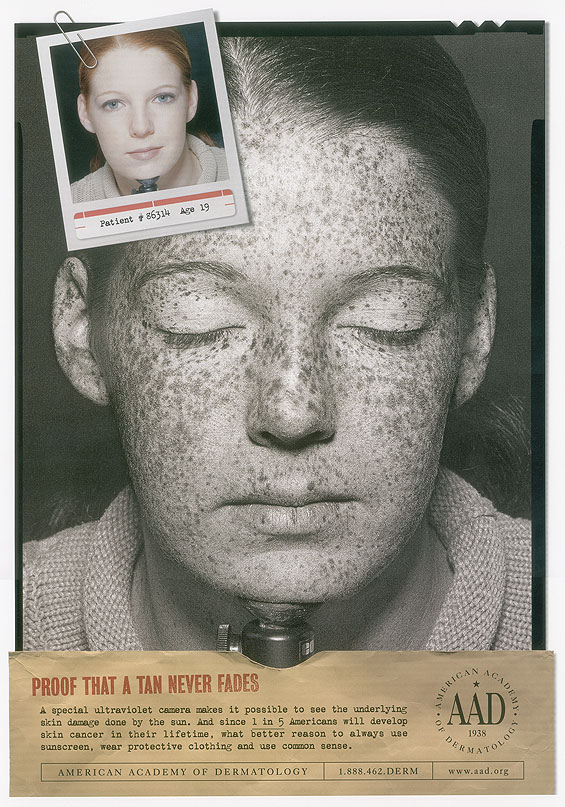Attn: Venetian Tans
To Whom this May Concern,
I am writing to you on behalf of my interest in the long term affects of Artificial Tanning. In the past few years tanning has become a huge problem in America. More and more people have begun to tan in the last decade and with that an even higher rise of skin cancer. I was wondering about the precautions you take for health and safety within your salon. I know when attending your salon I use to be a regular customer, I received no information on the risks of tanning. Do you inform new customers about what damage tanning can cause to your skin? Below I have constructed a few concerns that have bothered me upon using your salon.
First, when I entered the room to tan I noticed there were no regular hand towels. I think all salons should provide them for people who don’t feel comfortable putting their head down on the actual bed. If you don’t provide a plastic head rest, this is a necessity. Unless the employee cleans the bed right in front of the customer, there is no way to guarantee 100% cleanliness. Another thing that I feel should be made bolder are the signs declaring the use of eye protection. The girls at the front desk just ask if you need it, not require you use it. If you provided the eye care maybe more people would begin to use it. I think posting pictures of what damage could be done to your eyes from not using protection would be a smart and active way to get customers to wear them.
Second I think that you should have water coolers throughout the salon for before and after tanning sessions. Not too many people realize how much you sweat while your tanning and being so hot can lead to dehydration. Consumers pay a lot of money for tanning and the least they could be provided with is water. This brings me to last point, bulb changing. The last time I was in the bulbs had been changed and not one employee informed me of this. I went in the bed for the full time unaware that new bulbs were installed, and completely burned. For the following the three days I couldn’t wear anything but light, not tight clothing. When the burning was done, I peeled from my face all the way down the tops of my feet. I wanted to inform you that this encouraged me to quit tanning all together. In the future, to prevent loss of customer loyalty, warn your clients of new bulbs.
I hope you take into consideration the points I have brought up. Skin cancer is a very serious issue and since you own a business that induces it you should take all the precautions necessary. If society chooses to engage in tanning, it is your responsibility to inform them of all the dangers that follow. Thank you for your Time.
Sincerely,
Ashley Herskowitz





